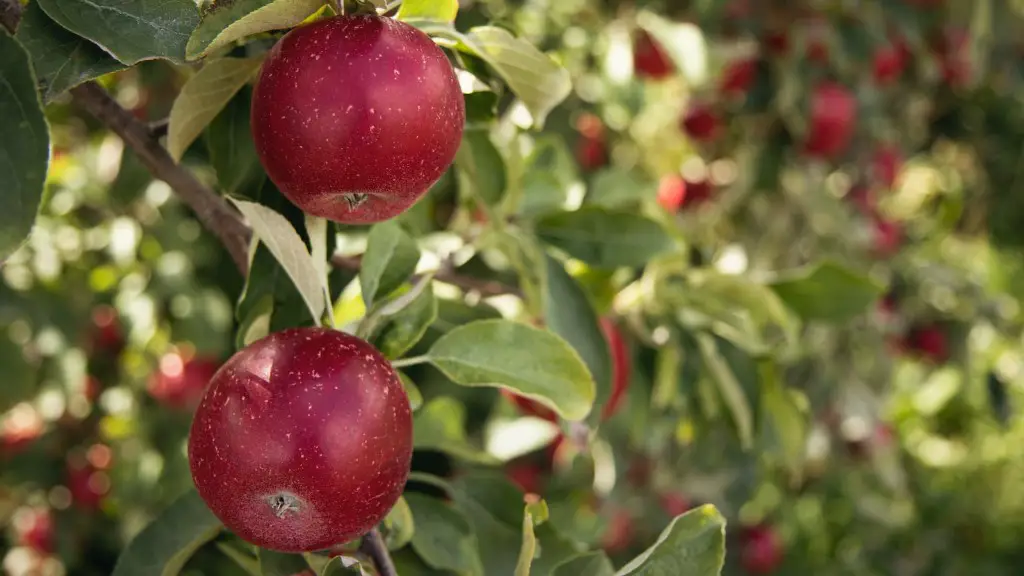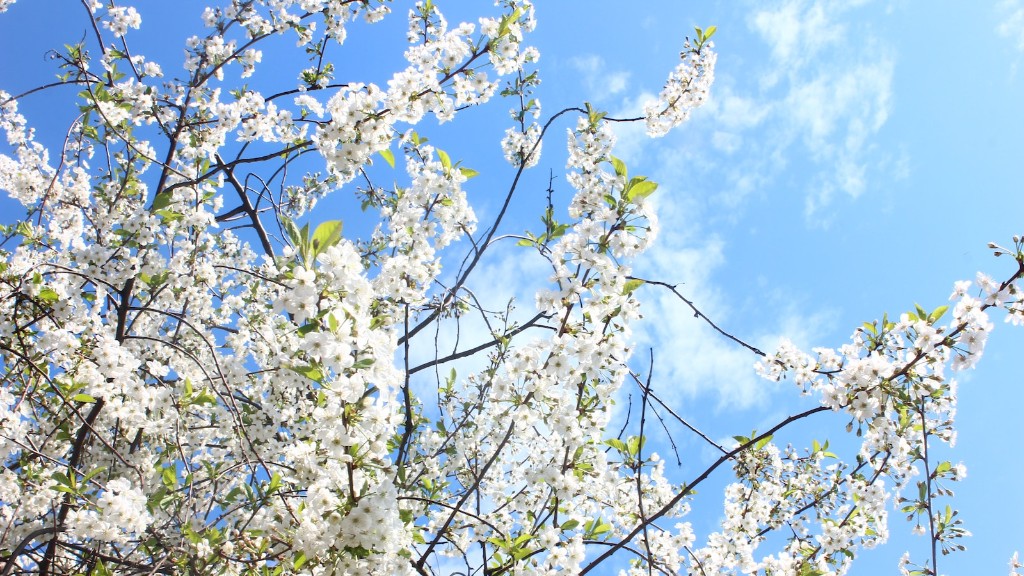Avocados trees are highly sought after for their edible fruits, but how big do they really grow? You may be surprised! While the exact size of a mature avocado tree will vary depending on the variety, the average tree can grow between 30 and 50 feet in height and the same in width. This is enough to dominate the landscape of any backyard garden.
The size of an avocado tree is largely determined by its environment. When an avocado tree is planted in an optimal location with plenty of sunshine and well-drained soil, it is capable of reaching these maximum heights and widths. However, if the tree is not kept in ideal conditions it will often produce fewer fruit and be smaller in size.
Avocado trees have a slow growth rate, which can be discouraging to many gardeners. On average, it takes around 4-7 years for an avocado tree to bear fruit and up to 10 years in some cases. Once the tree begins producing fruit, growth begins to slow and eventually the tree will reach its ultimate size.
The shape of each avocado tree varies depending on the variety and the environment it is planted in. Mature trees can take on many shapes, including upright, pyramid-like and vase-shaped. Each of these shapes provides its own unique advantages for gardeners hoping to cultivate an orchard of avocado trees.
The roots of avocado trees are known to spread out wide in search of water and nutrients, often overtaking other nearby plants. The size of the root system is impacted by the size of the tree, with larger trees requiring more resources to support their growth. Gardeners can help maintain the size of their trees and root system by pruning and trimming them regularly.
The health of your avocado tree will determine its ultimate size. By taking proper care of your avocado tree can help prevent diseases and pests which could stunt its growth. This includes watering it properly and adding fertilizer as needed. Additionally, be sure to inspect the tree regularly and take note of any yellowing leaves or other signs of distress.
It’s easy to see why so many people love cultivating avocado trees in their gardens. While the trees can take a while to reach their full size, their impact on their environment is undeniable. With the right care and maintenance, your avocado tree can be a beautiful addition to your backyard for many years to come.
Growing Season
Avocado trees prefer to grow in warm conditions, with temperatures between 75 and 85 degrees Fahrenheit being ideal for growth. During the growing season, the tree should be fertilized about once a month. Additionally, the tree should be watered regularly, with an inch of water a week being adequate.
To get the most out of your avocado tree during its growing season, be sure to prune and trim it regularly. This will help to encourage new growth, as well as promote the formation of healthy fruit. Additionally, be sure to inspect the tree for signs of disease or pests, and take action immediately if any issues are identified.
The time of year when the tree flowers is also important. Most avocado varieties will flower in the spring and summer months. During this time, be sure to watch for signs of bees and other pollinators around the tree, as this is necessary for fruit production.
Harvesting
Harvesting an avocado tree is an exciting and rewarding experience for any gardener. On average, a healthy tree will produce 40-50 fruits in a single season. Although, this can vary greatly depending on the variety, weather conditions, and other factors.
When it comes to harvesting avocado fruit, timing is key. Knowing when avocados are ripe is essential to getting the best fruit. Generally, you’ll know avocados are ready to be picked when their skin is dark green and slightly soft. Avoid harvesting fruit that is still hard, as it will not ripen properly.
Once harvested, take care to store your avocado fruit properly. Avocados should be kept in cool and dark location for optimal ripening. Additionally, never store your avocado fruit in the refrigerator unless it is already ripe. Too cold of temperatures can prevent the avocado from ripening at all.
Pests and Diseases
Avocado trees are susceptible to many pests and diseases. This is especially true in areas with hot and humid climates. Among the most common pests are scale and mites, which can to damage to the bark and leaves of the tree. To help prevent infestations, be sure to inspect your tree regularly and take action if any issues are identified.
Diseases such as quick wilt and root rot can affect avocado trees as well. In order to help prevent the spread of diseases, it’s important to sanitize your gardening tools after each use. Additionally, be sure to give your tree plenty of air flow to help prevent the occurance of leaf diseases.
In the event that pests or diseases become a problem, it’s important to act quickly. There are many treatments and products available that can help eradicate and manage pests and diseases, so be sure to do your research. Additionally, be sure to monitor the tree to ensure the issue has been resolved.
Nutritional Value
Besides their delicious flavor, avocado trees are a great source of many essential vitamins and minerals. Avocados are often referred to as a superfood, due to their high levels of vitamins A, B6, C, and E, as well as magnesium and potassium. Additionally, they contain high levels of dietary fiber and monounsaturated fats, making them an excellent choice for maintaining a healthy lifestyle.
Avocado trees can also be a great source of nutrition for the rest of your yard. The leaves of the tree can be used to make an herb tea with numerous healing benefits, while the skin and pits of the fruit can be transformed into natural fertilizers. Both of these items can help to give your garden a nutrient boost as well.
The avocado tree is a unique and versatile plant that is sure to bring any garden space to life. With its delicious fruits and nutritional value, the avocado tree can provide a great way to make your space more liveable, while also helping you to enjoy all of its tasty benefits.



